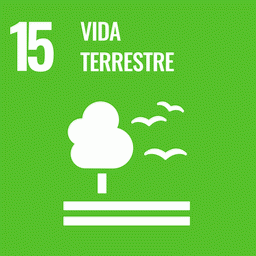The relationship between the floristic composition of communities and the underlying environmental and spatial determinants is still the subject of intense debate, mainly because only recently has geographical distance been cited as an important driver of plant communities. We analysed environmental (elevation, climate and soil properties [E]) and spatial (geographic distance [S]) effects on the floristic composition of savannas on different substrates, one on a steep relief with shallow and rocky soils, and the other on flat terrain with deep soils. We show that: (1) savannas on rocky soils soils contain more nutrients, are more acidic and have a finer texture than savannas on deep soils; (2) that the dissimilarity between the rocky soils and deep soils is associated mainly with variation in altitude and soil properties and (3) that the individual and combined contributions of the environment and space to the floristic composition of woody plants differs between savannas on deep and rocky soils.
Spatially structured environmental variation [E] + [S] explained 29% of the floristic composition variation in savannas on rocky soils and 41% in savannas on deep soils. In the rocky soils, the pure fraction explained by the [E] was larger (10%) than that recorded for deep soils (4%), but the pure effect of space [S] explained 2 and 3% of the variation on rocky and deep soils, respectively. The environmental variables analysed here are therefore strongly structured in space on both rocky and deep soils, but the total and combined environmental and spatial effects are larger in savannas on deep soils than in those on rocky soils.
